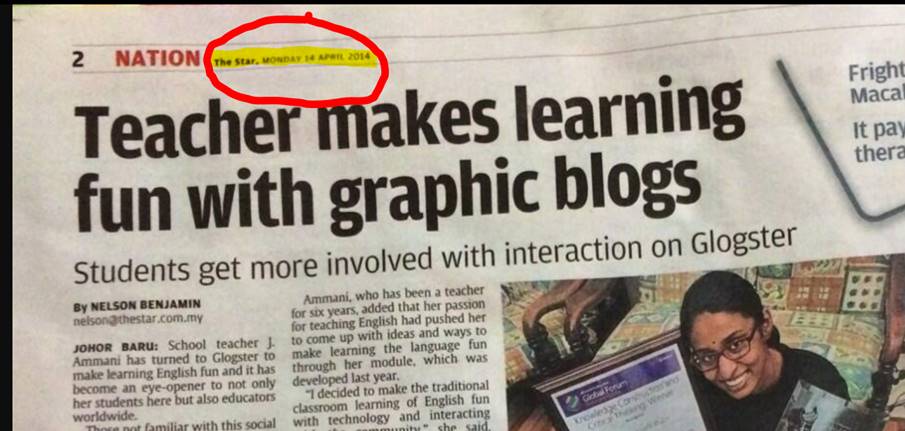
For example, one online proofreading course student was asked to check documents that had been created by someone using a speech-to-text dictation programme.
These software packages are popular with people on the move, or who are unable to use a keyboard.
However, they can misunderstand things, and type what they think you said. So proofreaders must check carefully for inappropriate words and phrases.
For instance, ‘Stuff he knows’ might come out as ‘Stuffy nose’!
And of course the software is likely to misspell words that can be spelt two different ways, like towed instead of toad and buoy instead of boy.
As usual, proofreaders can never take anything for granted. Words and phrases may be spelled correctly – but still be wrong.
Another problem is when words or phrases have two meanings.
One of our proofreading course students was asked to do some proofreading for a newspaper, and was confused about the term ‘dateline’. It wasn’t what she expected.
This wasn’t particularly surprising, as we tell our online proofreading course students that publishing terminology has changed a lot since the advent of the internet.
Words and phrases that used to have a fixed meaning are now more flexible in their use. And this can cause confusion in the workplace.
Datelines now take different forms in different media platforms:
On a printed newspaper front page, they look like this
And on a printed newspaper inside page, they look like this:

However, things changed online. On news websites, they’re usually presented like this:

See our proofreading courses


